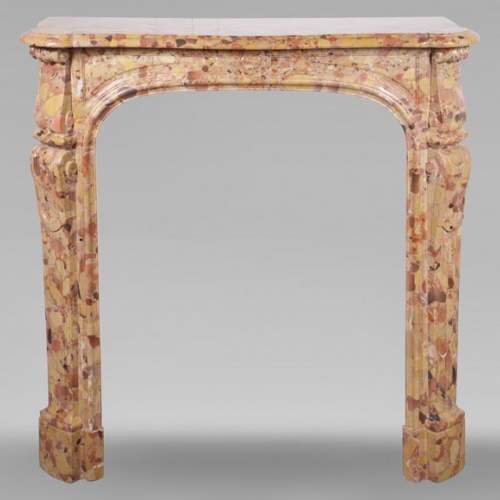Your selection is currently empty.
Here are the latest objects in our stock:
Dimensions:
Width: 104
Height: 101
Depth: 35
Inner width: 71
Inner height: 88
Dimensions:
Width: 129
Height: 105
Depth: 32
Inner width: 97
Inner height: 84
Dimensions:
Width: 133
Height: 182
Depth: 10
Dimensions:
Width: 149
Height: 175
Depth: 10
Dimensions:
Width: 123
Height: 184
Depth: 10
Dimensions:
Width: 120
Height: 197
Depth: 45
Dimensions:
Width: 55
Height: 269
Depth: 28
Dimensions:
Width: 125
Height: 136
Depth: 57
Dimensions:
Width: 72
Height: 255
Depth: 40
Dimensions:
Width: 156
Height: 110
Depth: 41
Inner width: 119
Inner height: 83












